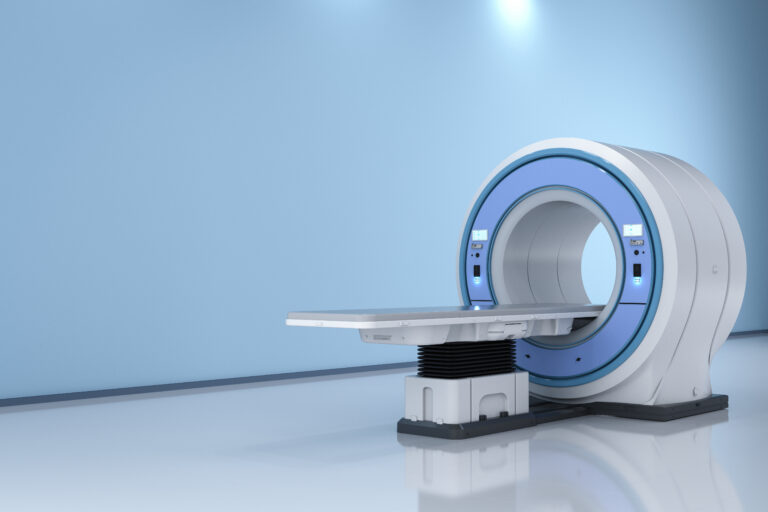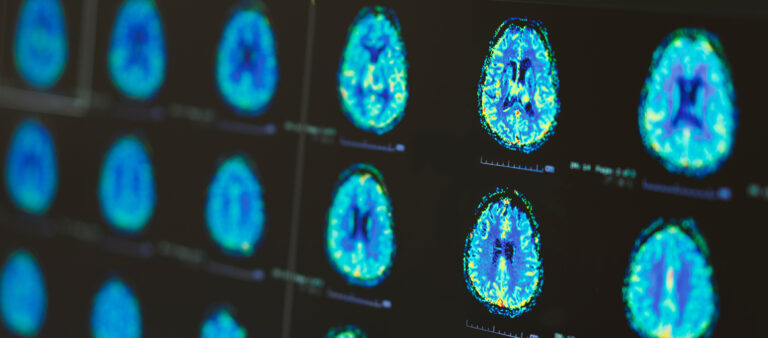Whether you should eat salad before or after the main course depends on several factors including digestion, blood sugar control, nutrient absorption, and personal health goals. Eating salad before the main course is generally recommended for most people because it can aid digestion, help control blood sugar spikes, and promote satiety, which may prevent overeating during the main meal.
**Eating Salad Before the Main Course: Benefits**
1. **Improved Digestion and Blood Sugar Control**
Eating non-starchy vegetables like salad first slows down digestion due to their high fiber content. Fiber delays gastric emptying and carbohydrate absorption, which helps prevent rapid blood sugar spikes after eating. This is particularly important for people with diabetes or those at risk of heart disease, as frequent blood sugar spikes can increase these risks. AARP highlights that starting a meal with vegetables can reduce post-meal blood sugar levels by slowing digestion and carbohydrate absorption[2].
2. **Increased Satiety and Weight Management**
Salads are typically low in calories but high in volume and fiber, which can promote a feeling of fullness. Eating salad before the main course can reduce overall calorie intake by decreasing hunger and preventing overeating during the main meal. According to Lose It!, regular consumption of salads increases fiber intake, which supports gut health and weight management[1].
3. **Enhanced Nutrient Intake**
Starting with a salad rich in a variety of vegetables ensures you consume a broad spectrum of vitamins, minerals, and antioxidants early in the meal. This can be beneficial because some nutrients are better absorbed when consumed with fats, which are often present in the main course or salad dressings containing healthy oils. Preparing salads with a balance of carbohydrates, proteins, and healthy fats can make them more filling and nutritionally complete[1].
4. **Mindful Eating and Better Meal Experience**
Eating salad first encourages slower, more mindful eating. This practice helps you tune into your hunger and fullness cues, reducing the likelihood of overeating. Mindful eating is associated with better digestion and improved mental well-being around food[6].
**Eating Salad After the Main Course: Considerations**
While less common, some people prefer to eat salad after the main course. This might be due to cultural habits or personal preference. However, eating salad after a heavy meal may not provide the same benefits in terms of blood sugar control or satiety. The fiber in salad may still aid digestion but will not prevent the initial blood sugar spike caused by the main course carbohydrates.
In some cases, eating salad after the main course can serve as a palate cleanser or a light way to finish a meal, especially if the salad is simple and not heavily dressed. However, this approach does not leverage the potential metabolic benefits of consuming fiber-rich vegetables first.
**Medical and Nutritional Evidence**
– The Dietary Guidelines for Americans emphasize the importance of fiber-rich vegetables for heart health and weight management[1].
– Research published in *Circulation* supports that higher fruit and vegetable intake is linked to lower mortality and reduced risk of chronic diseases[1].
– Harvard T.H. Chan School of Public Health notes that vegetables and fruits contribute to a healthy microbiome and reduce inflammation[1].
– AARP’s review of meal order and digestion highlights that eating vegetables first slows carbohydrate absorption, reducing blood sugar spikes and associated health risks[2].
– Mayo Clinic and Cleveland Clinic underline fiber’s role in digestive health and blood sugar regulation[1].
**Practical Tips for Including Salad in Your Meal**
– **Make the salad nutrient-dense:** Include a variety of colorful vegetables, some protein (like beans, nuts, or cheese), and healthy fats (such as olive oil or avocado) to make the salad more satisfying and balanced[1].
– **Avoid heavy, creamy dressings:** These can add unnecessary calories and fats that may counteract the health benefits of the salad. Opt for vinaigrettes or light dressings with olive oil and vinegar or lemon juice.
– **Eat mindfully:** Take your time to enjoy the salad first, which can help you recognize fullness cues and prevent overeating later[6].
– **Consider your overall meal timing:** Eating dinner between 6–7 PM or at least 2–3 hours before sleep, with a focus on protein, fiber, and vegetables, supports metabolism and weight management[3].
**Cultural and Personal Preferences**
In some cultures, salad or raw vegetables are traditionally served before the main course as an appetizer, aligning with the benefits described above. In others, salads might be served alongside or after the main dish. Ultimately, personal preference and how your body responds should guide your choice.
—
**References**
[1] Lose It! – Benefits of Eating Salads and Nutritional Guidelines
[2] AARP – What Is the Best Order to Eat Food for Digestion?
[3] India Today – Correct Dinner Time and Weight Loss
[6] Utah State University Extension – Mindful Dining: How to Make Healthy Choices at Restaurants





